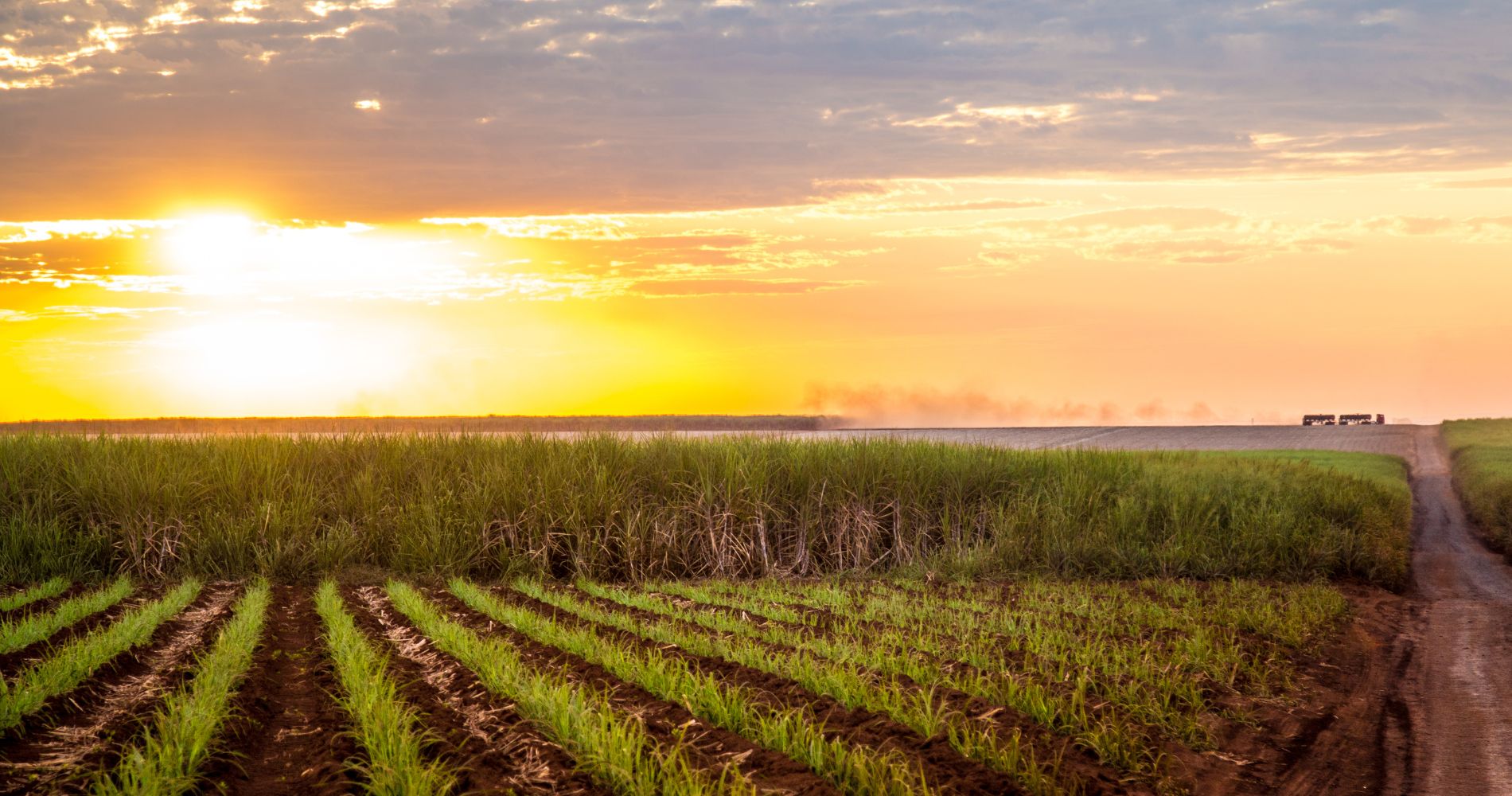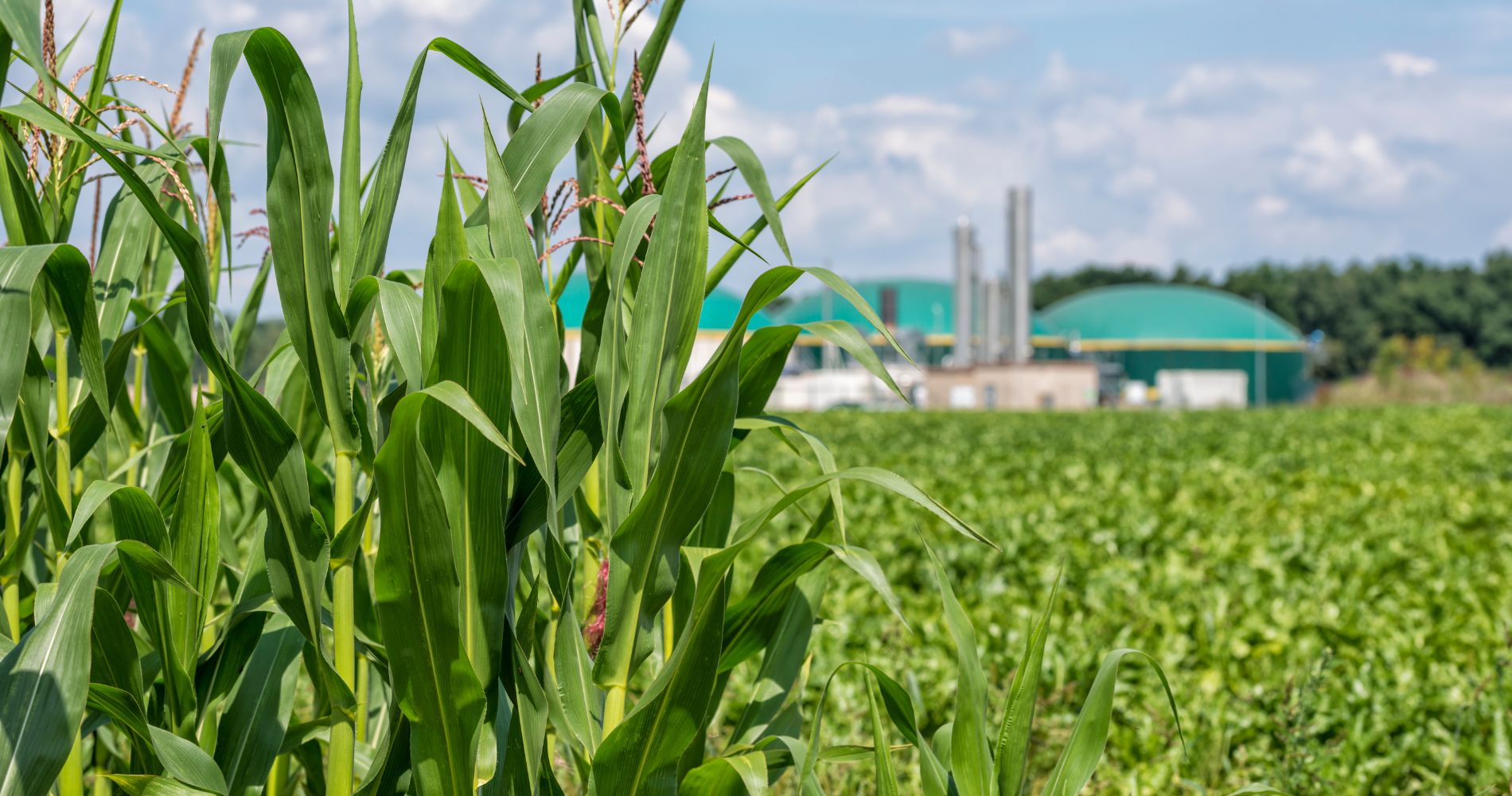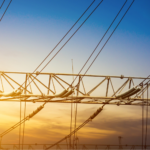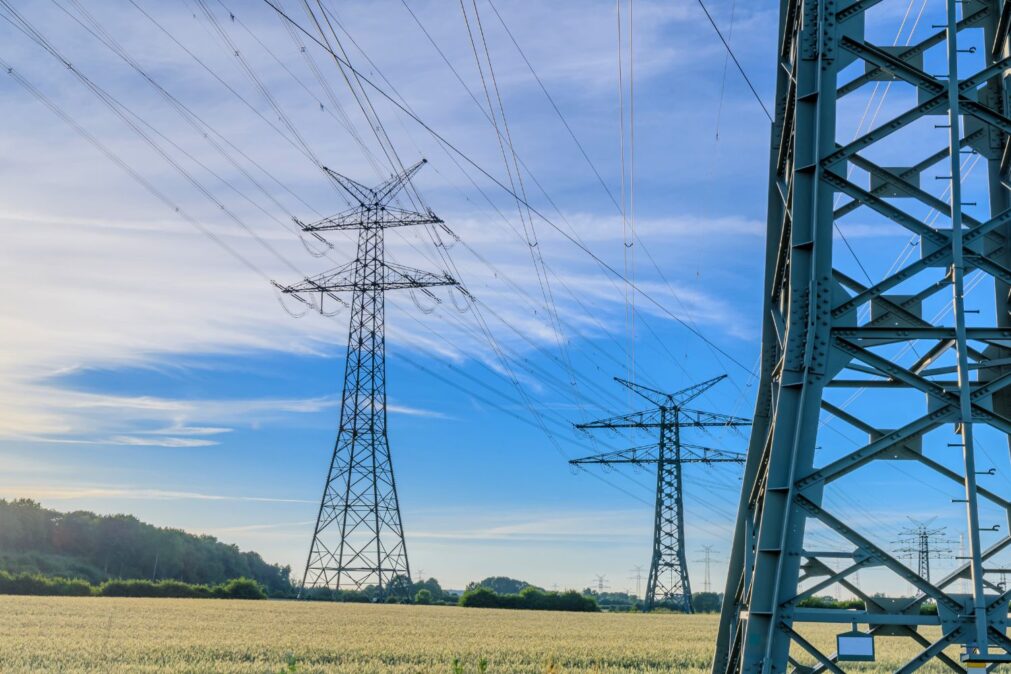While the world’s eyes turn to intermittent sources such as solar and wind power, Brazil holds within its fields and industries a sleeping giant, ready to awaken and lead the next phase of the global energy transition: biomass. With COP30 in Belém approaching, the country is in a unique position to showcase not only its potential but also a consolidated model of energy security rooted in one of its greatest strengths: agribusiness.
Far from being just a complement, biomass is establishing itself as a strategic pillar, capable of providing the stability that variable renewable sources cannot guarantee on their own. In a year marked by water shortages and the urgent need to decarbonize industry, harnessing agricultural and forestry residues for energy has ceased to be an option and has become an imperative necessity.
The Current Landscape: Numbers That Speak for Themselves
Currently, biomass already plays a crucial role in Brazil’s power matrix. Recent data from the Brazilian Association of Cogeneration Industries (Cogen) and the National Electric Energy Agency (ANEEL) show that installed generation capacity from biomass exceeds 17 gigawatts (GW). Most of this, about 12 GW, comes from sugarcane bagasse and straw, consolidating the sugar-energy sector as a historic protagonist.
However, this is only the beginning. A detailed study by the Energy Research Company (EPE) estimates that the technical potential for utilizing agricultural residues — including crops such as soy, corn, rice, and sugarcane itself — could add dozens of gigawatts to national capacity. We are talking about a volume of clean, firm, and predictable energy capable of drastically reducing dependence on fossil thermal plants, especially during drought periods that affect hydroelectric reservoirs.
“Biomass is not the energy of the future; it is the energy of now. It provides what is called ‘baseload power,’ ensuring the security of the electricity system 24 hours a day,” says a sector expert. “When the sun doesn’t shine and the wind doesn’t blow, biomass is there, continuously producing electricity, steam, and biofuels.”
Beyond Sugarcane: Diversifying the Sources
Brazil’s great leap lies in diversification. The energy potential stored in agribusiness residues is colossal and largely underutilized. According to Embrapa, the country generates more than 500 million tons of agricultural residues annually. Let’s look at the potential:
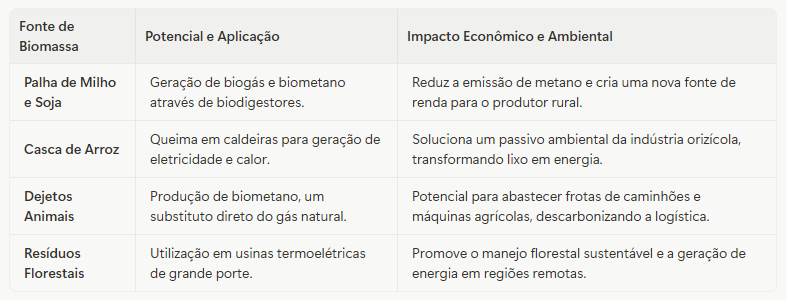
This diversity enables the creation of a distributed generation model, where energy is produced close to where it is consumed. This not only reduces transmission losses across the long lines that cut through the country but also strengthens local economies, creates jobs, and increases the resilience of the national power system.
Technology and Innovation: The Path to Leadership
Brazil is not only rich in raw materials; it also masters the technology. Second-generation ethanol (E2G), which uses sugarcane bagasse and straw, is already an industrial reality, increasing process efficiency by nearly 50%.
In addition, the advancement of biomethane is one of the most promising vectors. Derived from purified biogas, it is chemically identical to fossil natural gas and can be injected directly into the existing pipeline network. This represents a golden opportunity to decarbonize industries that rely on gas for thermal processes and to replace diesel in heavy transport.
“We are faced with the possibility of creating a truly virtuous cycle,” explains a researcher in the field. “The farmer who once saw livestock waste as a problem can now turn it into gas to power his tractors, sell the surplus, and still produce biofertilizers that improve soil quality.”
The Challenge: Public Policy and Investment
Despite the optimistic outlook, the expansion of biomass faces bottlenecks. The lack of long-term policies, regulatory complexity, and the need for more attractive financing models remain barriers to overcome. Programs such as RenovaBio were important steps, but a more robust framework is needed — one that recognizes the value of firm, dispatchable biomass energy.
With COP30 approaching, Brazil has a golden opportunity to show the world that energy transition does not need to mean instability. By intelligently integrating hydropower, solar, wind, and, fundamentally, biomass, the country can build the cleanest, most resilient, and most secure energy matrix on the planet — transforming its environmental liabilities into its greatest energy assets. The giant is ready to awaken. The question is whether we will have the vision and courage to wake it.
